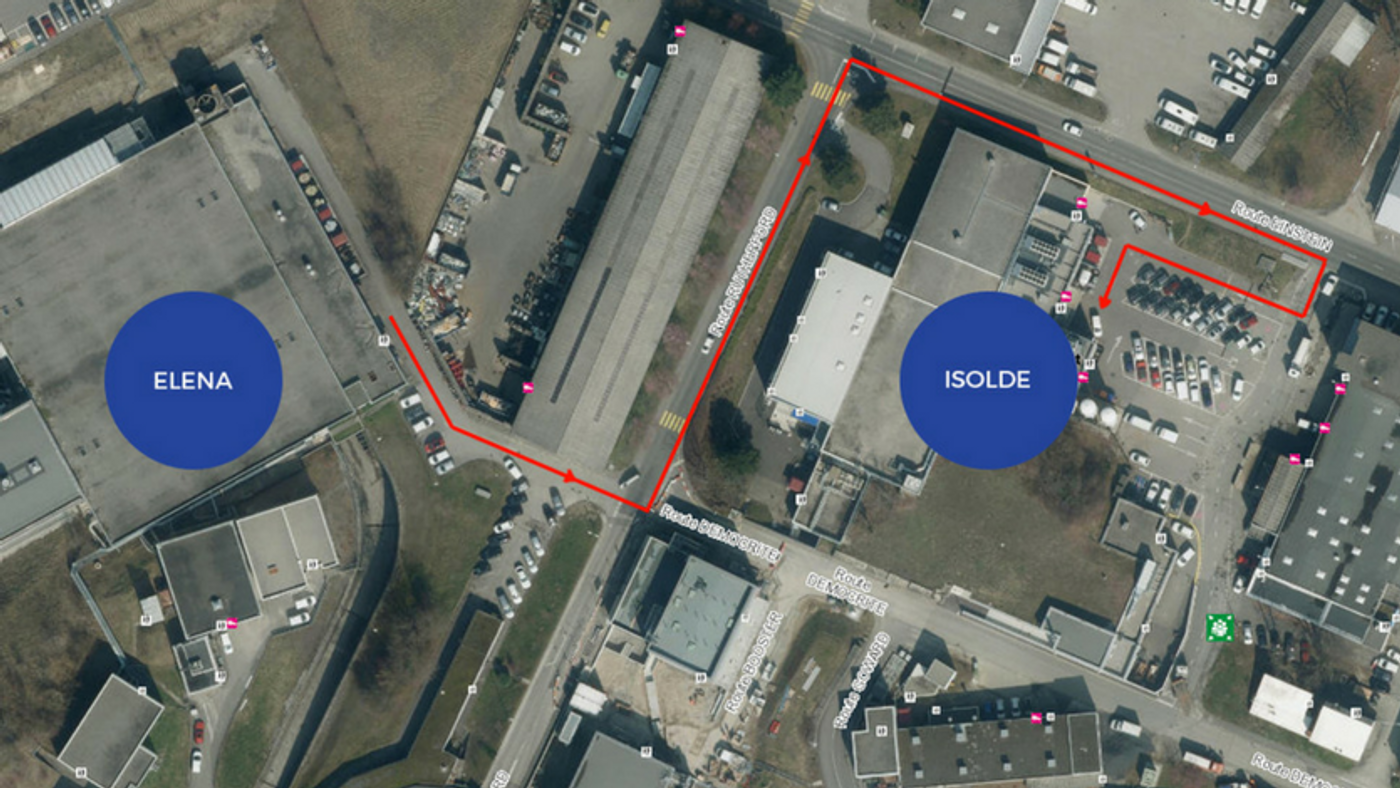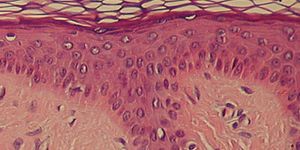The Travelling Antimatter
Sending a laboratory sample for testing could be easy: place the material in an appropriate container, close and seal the container, call in the express shipping company and to have the package delivered in no time.
But the transportation of antimatter is no ordinary delivery task. To transfer a sample of antiprotons from one facility to a nearby testing site, scientists at CERN (the European Organisation for Nuclear Research) need to tackle multiple technological and logistic challenges.
In physics, antimatter is composed of the antiparticles, the counterpart of the corresponding particles of ordinary matter. A particle and its antiparticle would share the same mass but have opposite electric charge, as well as some other differences in quantum numbers. The antimatter that is known to physicists include antiprotons, positrons, antineutrons, as well as antiatoms like antihydrogen and antihelium.
When a particle comes in close contact with its anti-particle, they mutually annihilate, releasing intense gamma rays, neutrinos, and sometimes less-massive particle–antiparticle pairs as a result.
Using antiproton decelerators like the one in the ELENA (Extra Low ENergy Antiproton) facility, physicists can tame the highly energetic antiprotons and turn them into a low energy beam that can be used to synthesize antiatoms. On the other hand, The Isotope mass Separator On-Line facility, or ISOLDE, allow scientists to study a vast territory of atomic nuclei, including the most exotic species such as antiprotons.
In the project PUMA, (antiProton Unstable Matter Annihilation), a team of scientists led by Alexandre Obertelli, a physicist from the Darmstadt technical university, devised a method to make antiprotons transportable. Obertelli started the project with a goal to explore new quantum phenomena that is likely to be observed when antiprotons and slow exotic nuclei make contact in a low-energy condition. For this to be done, scientists need to trap antimatter and transport it to a facility that delivers radioactive ion beams. They need to trap the antiprotons with a 70-cm-long “double-zone” trap inside a one-tonne superconducting solenoid magnet. The trap is kept under an extremely high vacuum (10-17 mbar) and at cryogenic temperature (4K).
“Today, CERN is the only place in the world where low-energy antiprotons are produced, but “this project might lead to the democratization of the use of antimatter,” says Obertelli.
What is Antimatter? Credit: Fermi Lab
Source: CERN









